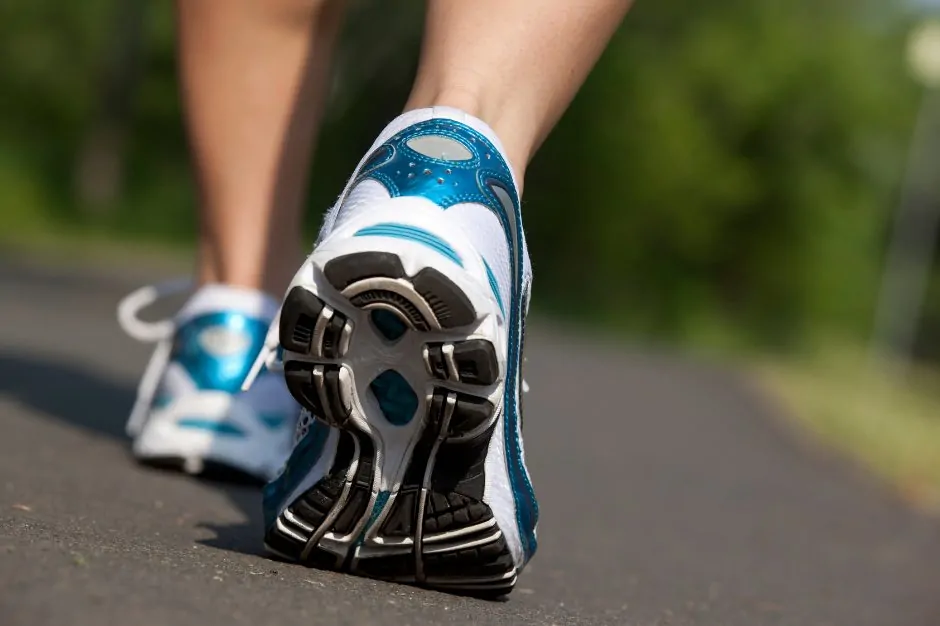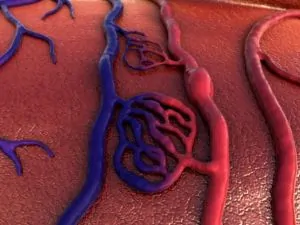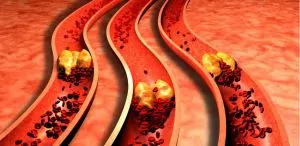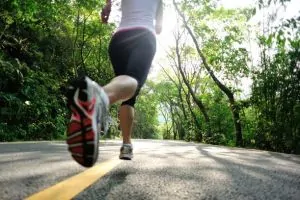The Best Exercises for Peripheral Artery Disease

Are you suffering from chronic pain in your legs, feet, & ankles? If so, you may be suffering from Peripheral Artery Disease (PAD). This circulatory condition occurs when excess plaque buildup accumulates in the artery walls. It can cause leg pain, muscle cramps & cold feet. Peripheral artery disease is extremely common, affecting one in five patients over age 60. There are many ways to combat the effects associated with peripheral artery disease. Depending on the severity of your condition, your physician may recommend medical intervention. However, there are also habits you can implement at home to improve your vascular health. For example, eating a balanced diet, smoking cessation, & daily exercise are all ways to combat peripheral artery disease. What are the best exercises for peripheral artery disease? If you’d like to learn more about the best exercises for peripheral artery disease, keep reading!
How Do Arteries Work?
Your arteries play an extremely important role in your overall health. Working cohesively with your veins, these two blood vessels are integral to the vascular system. Arteries & veins operate in a seamless process to supply your body with fresh blood. Veins take deoxygenated blood from your body to your heart. Then, your heart pulls oxygen from your lungs to re-oxygenate the blood. Finally, the arteries take this freshly oxygenated blood supply & redistribute it to your body again. This cycle is in constant rotation & does much more than just distribute blood. It also filters waste, regulates body temperature & aids in respiratory function. If the vascular system is unable to do its job properly, conditions like peripheral artery disease can ensue.
What is Peripheral Artery Disease?
Peripheral artery disease occurs when plaque accumulates in your arterial walls. Plaque is an unhealthy combination of fat, cellular waste, calcium & proteins. This fatty substance becomes hard & narrows your arteries, thus creating an internal “roadblock”. As a result, your blood cannot flow properly. Artery disease can occur anywhere in your body. For example, Carotid Artery Disease (CAD) occurs when the carotid arteries in your neck become diseased with plaque buildup. Peripheral artery disease occurs when the arteries in your legs become weakened & diseased with plaque buildup. The symptoms associated with peripheral artery disease occur in your lower extremities as these are where the diseased arteries are located. Common symptoms can include leg pain with exercise, muscle cramps, cold feet, slow toenail growth, numb feet & non-healing wounds.
Treating PAD
What are the Best Exercises for Peripheral Artery Disease?
If you have peripheral artery disease, working diligently to prevent it from getting worse can be extremely beneficial for your health. If your body is not receiving proper blood flow- your wounds are not able to heal, your organs are starved of vital nutrients, & you can even have a heart attack or stroke. In addition to medical intervention, lifestyle changes are often necessary to combat the effects of PAD. One of the most efficient ways to improve your arterial health is consistent exercise. The best exercises for peripheral artery disease can be found below.
Walking
Taking a walk every day is one of the best exercises for peripheral artery disease. Not only is it a low impact activity, but you can also do it anytime anywhere. You can walk around your neighborhood, on a treadmill, or some other place you enjoy. At first, walking might feel uncomfortable because of your PAD. However, as you build tolerance, uncomfortable side effects will eventually dissipate. In addition to improving blood flow, walking for just 30 minutes a day can also lower blood pressure, improve your heart rate & aide in healthy weight management.
Biking
If you don’t enjoy walking, there are other exercises you can try that are best for peripheral artery disease. Cycling is another easy way to get fresh air & improve blood flow in your legs. Studies have even shown that cycling can be just as beneficial as walking for patients with PAD. If you begin cycling & experience painful symptoms like leg pain or numbness, don’t feel discouraged. This is normal at first. As you persevere with consistent exercise, your symptoms will improve as blood flow becomes more regulated.
Swimming
While walking & cycling have a proven track record of improving your PAD symptoms, swimming is also one of the best exercises for peripheral artery disease. Aquatic exercises like swimming & water aerobics are engaging for your entire body. Going for a swim in the pool or the ocean is a great way to stimulate blood flow in your legs. In addition to working out the muscles in your legs, you can also improve blood flow in your arms.
Why are these Exercises Best for Peripheral Artery Disease?
The uncomfortable symptoms associated with peripheral artery disease, such as leg pain & numbness, can severely diminish your quality of life. As such, treating your arterial disease as early as possible can be lifesaving. Exercises such as walking, biking, or swimming are best for peripheral artery disease because they stimulate blood flow in your lower extremities. Increasing the circulation in your limbs allows your body tissue to receive vital oxygen & nutrients. If you are diligent with your exercise plan, your blood flow will eventually improve, thus alleviating any painful or uncomfortable symptoms associated with peripheral artery disease.
Treating Peripheral Artery Disease at Pedes Orange County
At-home exercises may not serve as a sustainable method of treatment for peripheral artery disease on its own. Sometimes, medical intervention is necessary to clear the plaque from your arteries. At Pedes Orange County, our Vascular Specialists offer minimally invasive methods of treatment for peripheral artery disease. If you find that the best exercises for peripheral artery disease are not completely alleviating your symptoms, contact our office today to learn more about our treatments offerings!













